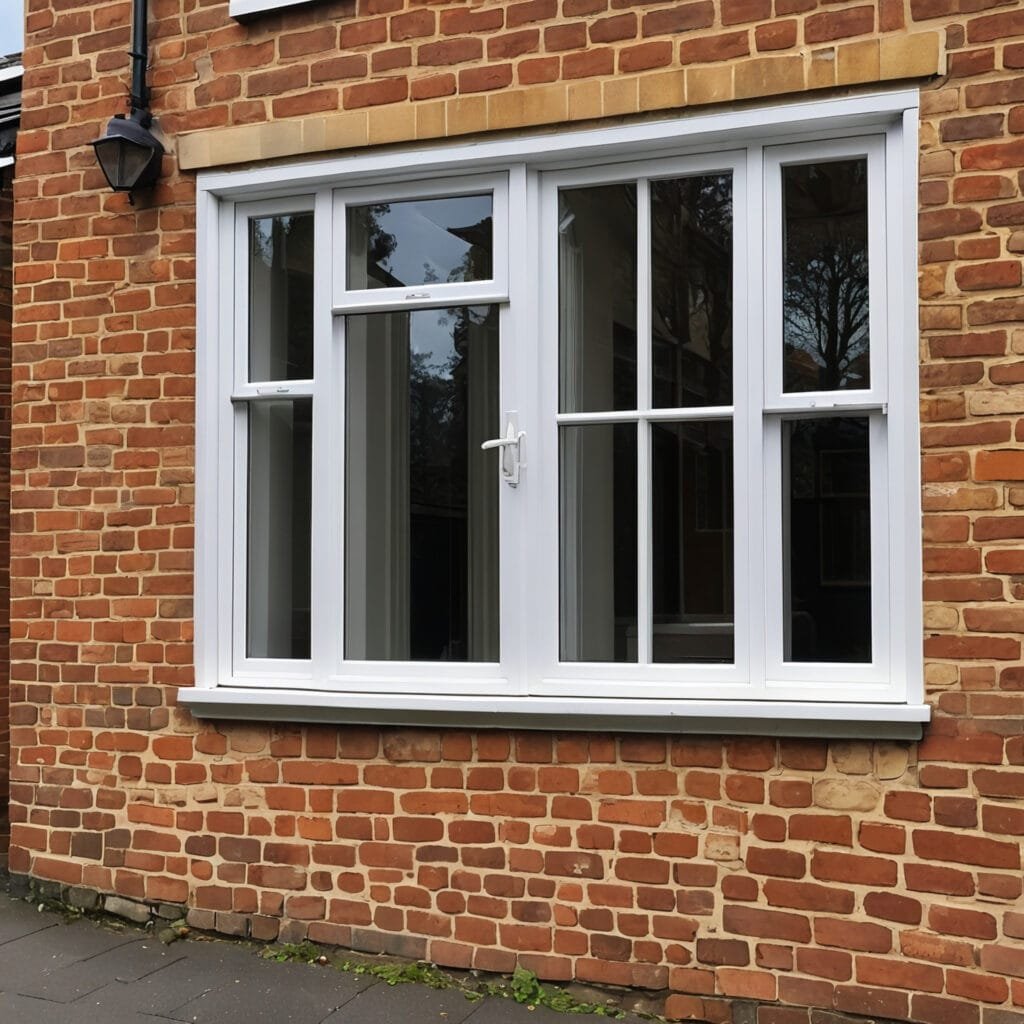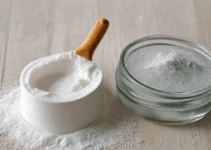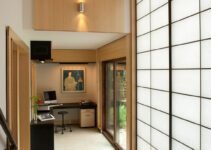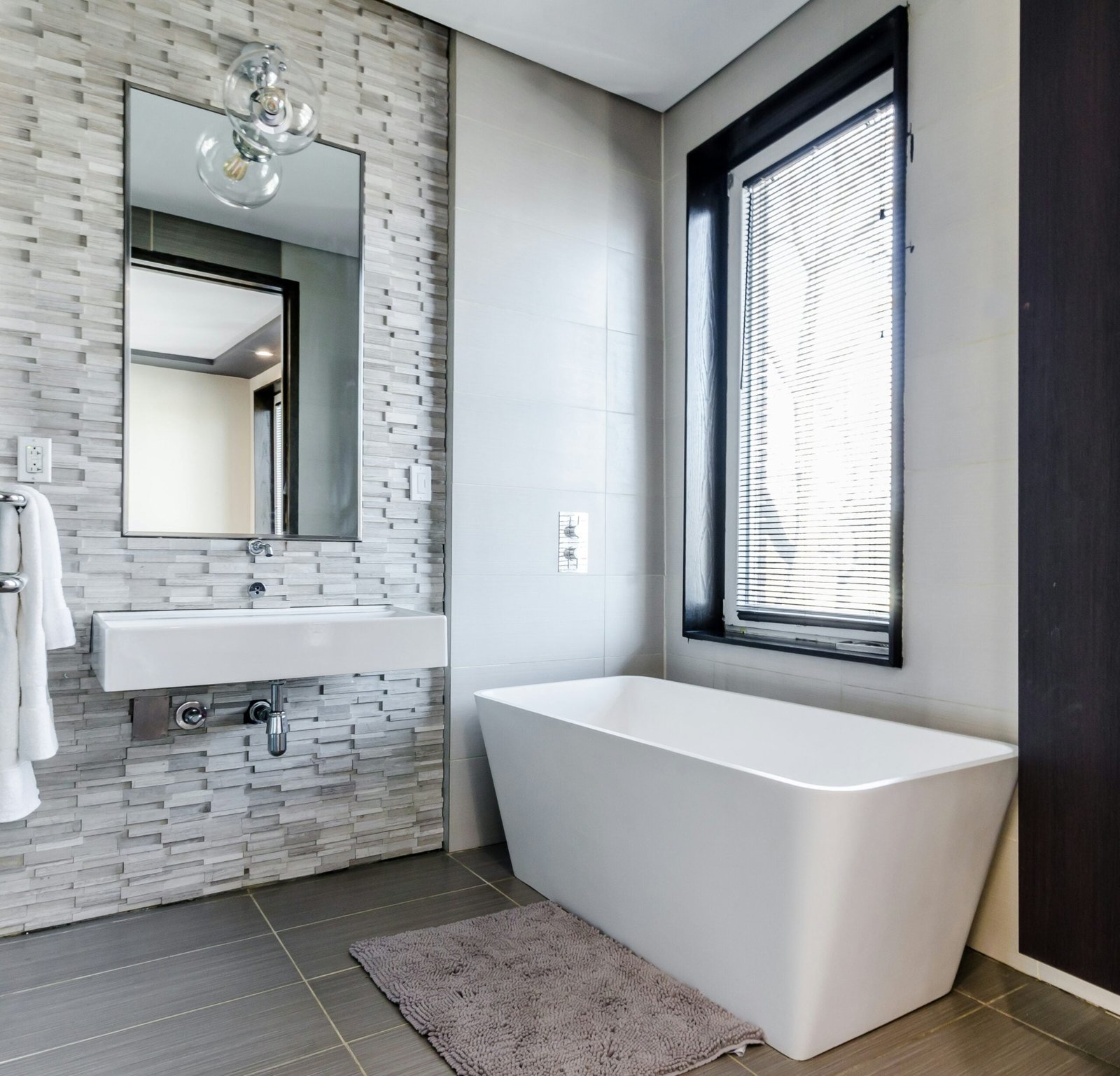Introduction to Double-Glazed Windows
Double-glazed windows, also known as insulated glass units (IGUs), have become a staple in modern architecture due to their superior thermal and acoustic properties. These windows are constructed with two panes of glass separated by a spacer and a layer of air or inert gas. This configuration significantly enhances insulation by creating a barrier that reduces heat transfer and minimizes noise infiltration.
Read this article and do not forget to check the YouTube channel “Efficiency Matrix”:

https://www.youtube.com/@ecoevo
Double Glazing! The Little unknown Truths. (video)
The primary mechanism through which double-glazed windows function involves the trapped air or gas between the glass panes. Air, being a poor conductor of heat, helps in reducing thermal transfer, thereby maintaining a consistent indoor temperature regardless of external weather conditions. Inert gases like argon or krypton, often used between the panes, further enhance this insulation by providing even lower thermal conductivity compared to air.
Noise reduction is another key benefit of double-glazed windows. The dual-pane structure effectively dampens sound waves, making it an ideal choice for homes located in noisy urban environments or near busy roads. The space between the glass panes acts as a buffer zone, significantly lowering the decibel levels that penetrate through the windows.
In addition to their functional advantages, double-glazed windows also contribute to energy efficiency. By reducing the need for heating and cooling, these windows assist in lowering energy consumption, which can lead to reduced utility bills and a smaller carbon footprint. This energy efficiency is a driving factor behind their widespread adoption in both residential and commercial buildings.
As we delve deeper into the specifics, it becomes apparent that the choice of frame material plays a crucial role in determining the overall performance and longevity of double-glazed windows. In the following sections, we will explore the comparative advantages of wooden and plastic frames, providing a comprehensive understanding of why double-glazed wooden windows often emerge as the superior option.
Environmental Impact and Sustainability
When considering the environmental impact and sustainability of window materials, wooden frames offer significant advantages over plastic alternatives. Wood is a renewable resource, harvested from carefully managed forests that ensure a continuous supply of timber while maintaining ecological balance. In contrast, plastic windows are typically made from polyvinyl chloride (PVC), a non-renewable material derived from fossil fuels. The extraction and processing of these fossil fuels contribute to environmental degradation and greenhouse gas emissions.
Wooden windows boast a lower carbon footprint throughout their lifecycle. From the harvesting of timber to the manufacturing process, wood generally requires less energy and emits fewer greenhouse gases compared to the production of PVC. Moreover, the carbon sequestered in trees continues to be stored in wooden frames, reducing the overall carbon footprint. This is a stark contrast to the high energy input and carbon emissions associated with the industrial production of plastic windows.
Another key environmental benefit of wooden windows is their potential for recycling and biodegradability. At the end of their lifespan, wooden frames can be repurposed for other uses or decomposed naturally, returning nutrients to the soil. This contrasts sharply with plastic windows, which are challenging to recycle and can persist in landfills for centuries, contributing to long-term environmental pollution. Furthermore, the recycling process for PVC is complex and energy-intensive, often resulting in downcycled products of lower quality.
The manufacturing processes for wooden and plastic windows also differ significantly in their environmental impact. Wood processing is generally less harmful, involving fewer toxic chemicals and generating less hazardous waste. On the other hand, PVC production releases harmful substances, including dioxins and phthalates, which pose risks to both human health and the environment. The sustainability of wooden windows is further enhanced by advancements in eco-friendly treatments and finishes that extend the material’s durability without compromising its environmental benefits.
In conclusion, the environmental impact and sustainability of wooden windows far outweigh those of plastic alternatives. By opting for renewable, low-carbon, and biodegradable wooden frames, homeowners can make a more eco-conscious choice that benefits both the environment and future generations.
Durability and Maintenance
When considering double-glazed windows, the durability and maintenance of the window frames are crucial factors. Wooden window frames, when properly treated, can offer impressive longevity due to their natural resistance to weathering. Modern treatments, such as pressure-treating and the application of protective coatings, enhance this durability, making wooden windows a resilient choice for various climates. These treatments help wooden frames withstand the elements, including exposure to moisture and UV radiation, which are common culprits of wear and tear.
In contrast, plastic window frames, while initially appealing due to their low cost and ease of installation, often present long-term durability issues. Over time, plastic frames can become discolored due to exposure to sunlight, losing their aesthetic appeal. Another significant concern is brittleness; plastic tends to become more fragile and prone to cracking as it ages, particularly in extreme temperatures. This brittleness can lead to a reduced lifespan and potential safety hazards.
Repairing plastic windows can also be challenging. Unlike wooden frames, which can often be sanded, filled, and repainted, plastic frames do not lend themselves well to repairs. Once damaged, replacement is often the only viable option, which can be both inconvenient and costly.
Maintaining wooden windows, on the other hand, is relatively straightforward and can significantly extend their lifespan. Regular cleaning with mild soap and water, coupled with periodic inspections for signs of wear, can keep wooden frames in excellent condition. Reapplying protective coatings every few years can further enhance their durability by preventing moisture ingress and UV damage. Additionally, minor repairs, such as filling small cracks or sanding and repainting, can be performed with ease, ensuring that wooden windows remain functional and attractive for decades.
Ultimately, while both wooden and plastic window frames have their pros and cons, the natural durability and ease of maintenance of wooden frames make them a superior choice for those seeking long-lasting, aesthetically pleasing, and environmentally friendly window solutions.
Aesthetic and Functional Advantages
Double-glazed wooden windows offer a unique blend of aesthetic appeal and functional benefits, making them an excellent choice for homeowners seeking both beauty and performance. The natural beauty and versatility of wood are unparalleled, providing an elegant and timeless look that can enhance various architectural styles. Whether you have a traditional, contemporary, or rustic home, wooden windows can be customized to complement the design seamlessly.
Wood’s inherent ability to be stained or painted in any color allows for a high degree of personalization, ensuring that the windows align with the homeowner’s specific taste and preferences. This level of customization is something that plastic windows cannot easily achieve, as they often come in limited color options and may not be suitable for all architectural themes.
Beyond aesthetics, wooden windows also offer superior insulation properties compared to their plastic counterparts. Wood is a natural insulator, effectively reducing heat loss during winter and minimizing heat gain in the summer. This contributes significantly to energy efficiency, helping to maintain a comfortable indoor temperature year-round and potentially lowering heating and cooling costs. The thermal performance of wooden frames is enhanced when combined with double glazing, which provides an additional layer of insulation.
Furthermore, wooden windows are known for their durability and longevity. When properly maintained, they can last for decades, providing a long-term investment in the home’s value. Unlike plastic windows, which may become brittle and discolored over time, wooden frames retain their structural integrity and aesthetic appeal.
In conclusion, double-glazed wooden windows offer a compelling combination of natural beauty, versatility, superior insulation, and durability. These attributes make them a preferable choice over plastic windows, enhancing both the visual appeal and energy efficiency of any home.
Other related posts from our website:
https://howtobuildahouseblog.com/effective-tips-for-cleaning-and-maintaining-streak-free-windows/
https://howtobuildahouseblog.com/privacy-protection-for-your-home-windows-5-smart-ideas/
https://howtobuildahouseblog.com/panoramic-windows-design-features-its-advantages-and-disadvantages/
Thank you so much for your attention.
Stay tuned. We will upload many other amazing posts to our website and videos onto our YouTube channel.
Thank you so much.
for your time and attention.
Best Regards
See you to another post,
Bye, Bye


